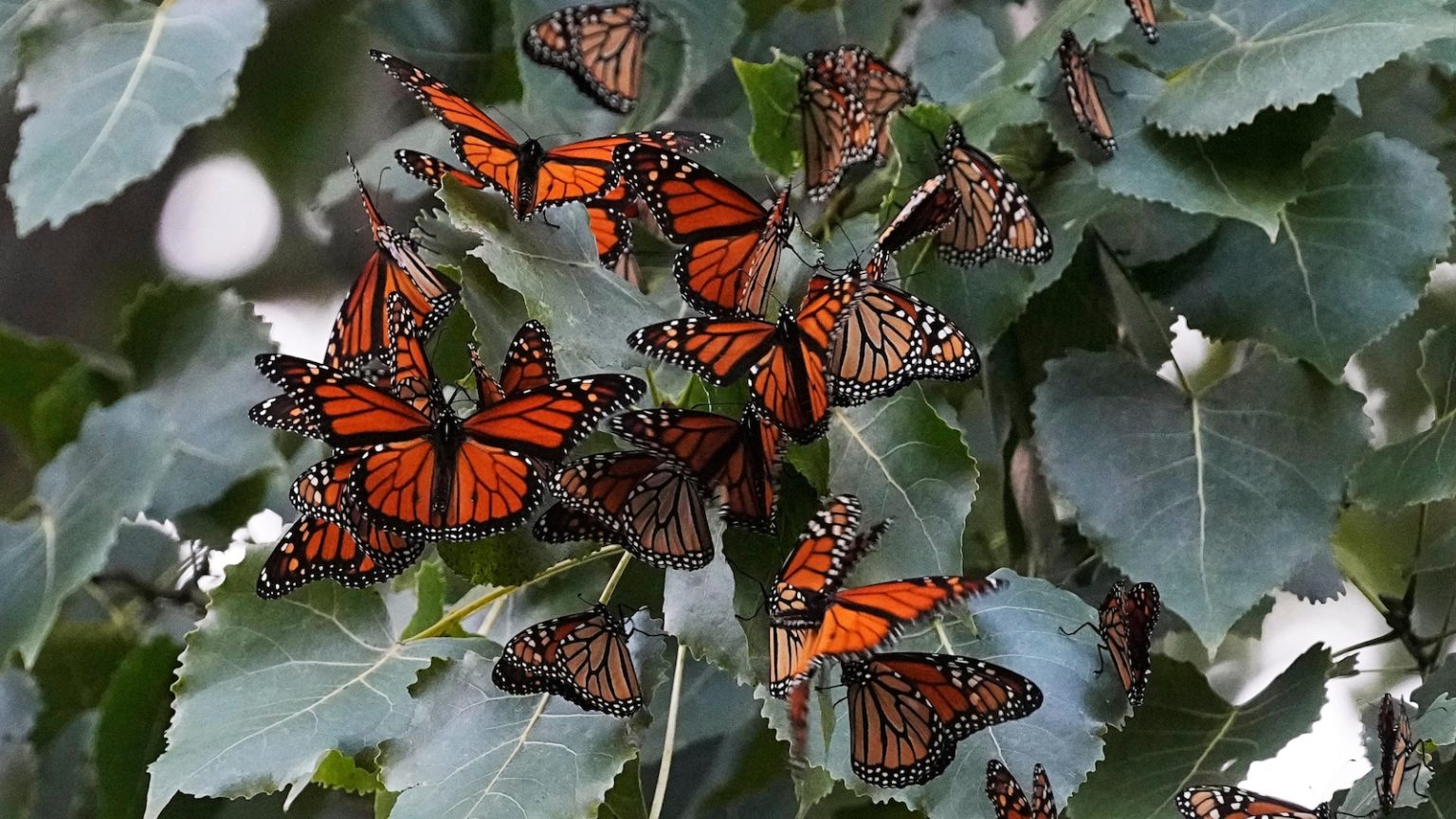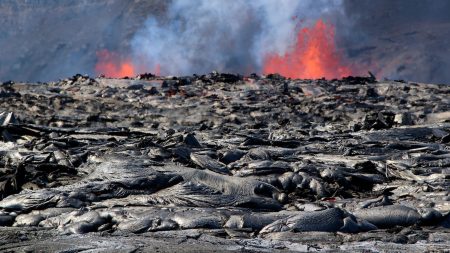The Alarming Decline of Western Monarch Butterflies
The western monarch butterfly population has reached a critical low, with only 9,119 individuals counted during the 2024 winter season—a staggering 96% drop from the previous year’s count of 233,394. This marks the second-lowest number of monarchs recorded since the Xerces Society for Invertebrate Conservation began monitoring the western population in 1997. The record low was set in 2020, with just 1,901 butterflies counted. The dramatic decline underscores the severe threats facing these iconic pollinators, including habitat loss, pesticide use, and climate change. The western monarchs, which overwinter along the California coast and in northern Baja California, are a vital part of North America’s ecosystem, and their shrinking numbers signal a broader environmental crisis.
The Historical Context: Tracking the Western Monarch Population
The Xerces Society has been monitoring western monarch populations for nearly three decades, providing valuable insights into the long-term trends affecting these butterflies. In 1997, the organization counted an impressive 1.2 million monarchs, a number that has fluctuated over the years but has shown a clear downward trend in recent decades. The recent count of 9,119 monarchs highlights the severity of the current crisis. One notable site, owned by The Nature Conservancy in Santa Barbara, which hosted 33,200 monarchs last winter, saw only 198 butterflies this year. This dramatic drop illustrates the localized impact of broader environmental challenges.
The eastern monarch population, which migrates to Mexico for the winter, is tracked separately by the World Wildlife Fund. While the data for this year’s eastern population has yet to be released, the decline of the western monarchs serves as a stark reminder of the interconnected threats facing all monarch populations. Habitat loss, particularly the disappearance of milkweed—the sole host plant for monarch caterpillars—has been a major driver of the decline. Drought, wildfires, agriculture, and urban development have all contributed to the depletion of milkweed, leaving monarchs without the resources they need to survive.
The Fight for Survival: Threats Facing Monarchs
Monarch butterflies face a multitude of threats, with habitat loss, pesticide use, and climate change topping the list. Milkweed, essential for the survival of monarch caterpillars, is vanishing at an alarming rate. The combination of drought, wildfires, and human development has decimated the plant’s populations, leaving monarchs without a vital resource. Even where milkweed remains, pesticides have contaminated much of it, further reducing the availability of safe habitats for monarchs.
Climate change has also played a significant role in the decline. Rising temperatures have disrupted the delicate timing of the monarch’s life cycle, while extreme weather events, such as heat waves and droughts, have created additional challenges. In the western states, record-breaking temperatures in 2023—reaching as high as 124 degrees Fahrenheit in Palm Springs—likelyambilated monarch breeding efforts. Monarchs are particularly vulnerable to such extreme heat, as temperatures above 108 degrees Fahrenheit are lethal to them. Emma Pelton, an endangered species biologist with the Xerces Society, noted that while the monarch population has shown resilience in the past, recovery from such a sharp decline is far from guaranteed.
The Potential for Recovery: A Glimmer of Hope
Despite the ominous numbers, there is hope for the western monarch population. Monarchs are known for their ability to rebound rapidly under the right conditions, as evidenced by the remarkable recovery between 2020 and 2021, when the population grew from 1,901 to 247,246 individuals—a nearly 13,000% increase. This resilience highlights the potential for recovery, but it also underscores the urgency of addressing the ongoing threats. Pelton described the current situation as a “wake-up call,” emphasizing that while the population may recover, consistent conservation efforts are necessary to prevent further declines.
The western monarch population’s ability to recover will depend on a variety of factors, including the availability of milkweed habitats, the mitigation of pesticide use, and efforts to combat climate change. The Xerces Society and other conservation organizations are working to protect and restore habitats, but broader action is needed to ensure the long-term survival of these butterflies. The recent decline serves as a stark reminder of the delicate balance of ecosystems and the importance of addressing environmental challenges before it’s too late.
Conservation Efforts: Protecting Monarchs for the Future
In response to the monarch’s precipitous decline, conservation efforts have been ramping up across the western United States. The U.S. Fish and Wildlife Service announced in December 2024 that it is working to list monarchs as a threatened species under the Endangered Species Act—a move that would provide critical protections for these butterflies. If finalized, the listing would prohibit activities that harm monarchs or their habitats, such as eradicating milkweed from properties. Additionally, the listing would safeguard 4,395 acres of land in seven coastal California counties that serve as overwintering sites for western monarchs.
The public comment period for the proposed listing is set to end in March 2025, with the agency having until December to make a final decision. This move is a significant step toward addressing the ongoing threats to monarchs, but it is just one part of a broader conservation strategy. Other organizations, such as Earthjustice, are also taking action, most recently petitioning the Environmental Protection Agency to mandate testing on the effects of pesticides on pollinators like bees, moths, and butterflies.
Looking Ahead: The Path to Recovery
The future of the western monarch butterfly remains uncertain, but the combination of conservation efforts and the species’ natural resilience offers hope. The dramatic decline in 2024 serves as a stark reminder of the fragility of these pollinators and the urgent need for action. By addressing the root causes of habitat loss, pesticide use, and climate change, it may still be possible to restore the western monarch population to a healthy, sustainable level.
However, the window for action is narrowing. The recent drop in population highlights the potential for sudden, dramatic changes in the fortunes of these butterflies, and it is impossible to predict with certainty whether the population will recover in the coming years. What is clear is that the efforts of conservationists, policymakers, and the general public will be crucial in determining the future of the western monarch. As Pelton noted, this moment should serve as a “wake-up call,” urging all of us to take action to protect these magnificent creatures before it’s too late.















